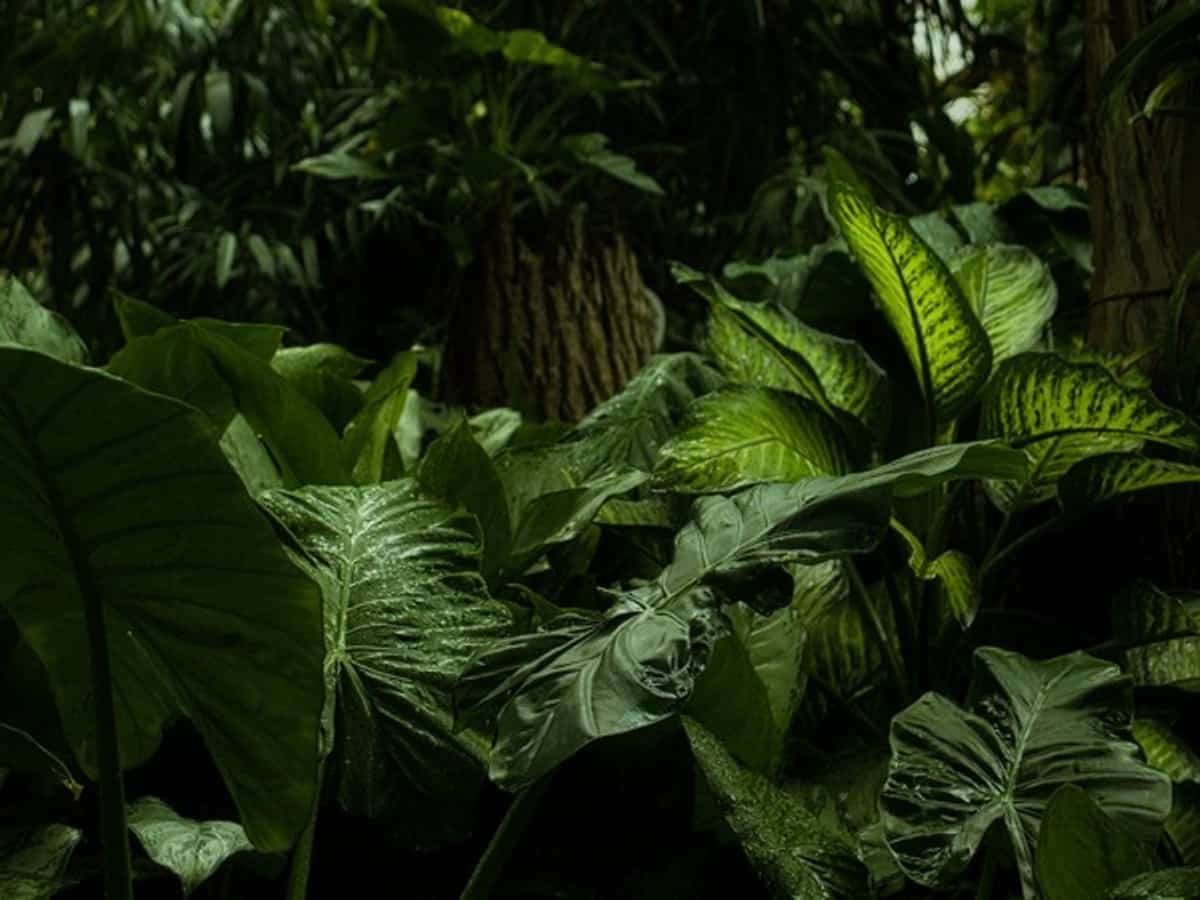Seville: A study revealed new data about how plants handle stressful situations. They studied how plants react to and cope up with stressful conditions in order to design biotechnological approaches to decrease the economic losses in the agriculture sector which are caused by the ever-changing climate.
The research was conducted by the University of Seville which was led by Emilio Gutierrez from the Department of Plant Biochemistry and Molecular Biology and was published in the ‘The EMBO Journal’.
Researchers found that at the cellular level, one of the first events to occur after the perception of the stress signal is the formation of cytoplasmic complexes composed of RNA and proteins known as stress granules. The formations of these complexes occurred as a defence mechanism to promote cell survival. Although the function of stress granules is well studied in mammals, their role in plants is still unknown.
In a paper published in 2015 in the ‘The Plant Cell Journal’, it was found that the TSN protein acted as a connector between stress granule assembly and plant resistance. However, the molecular mechanism through which the TSN protein performed this function is unknown.
Recently, US researcher Emilio Gutierrez discovered that TSN acts as a scaffolding protein by recruiting, through a highly disordered region, numerous protein components, that included proteins previously localised in stress granules in other study models.
Furthermore, the study showed that TSN’s scaffolding role is crucial to the architecture and function of stress granules. Among the plant-specific components identified was SnRK1 kinase, a central sensor in the cellular response to environmental and nutritional stresses.
The study demonstrated that both the localisation of SnRK1 in stress granules and its interaction with TSN is crucial to its activation. The activation of SnRK1 could trigger the molecular response mechanisms to the imposed stress situation, thus allowing cell survival and thus survival of the organism itself.
The paper also showed for the first time how stress granule formation interfered with SnRK1-induced signalling, one of the most studied cellular pathways in eukaryotes.

